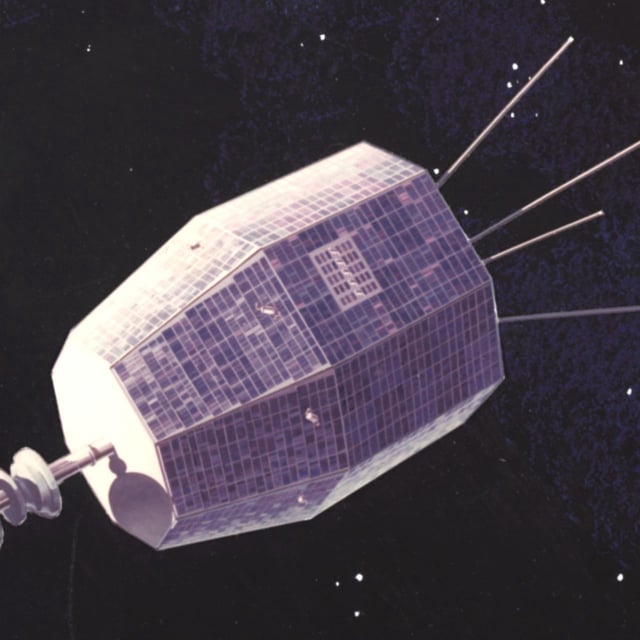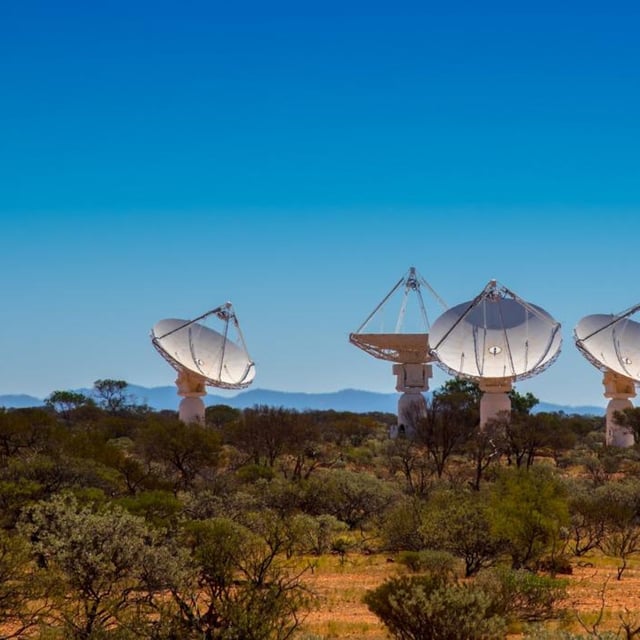Overview
- Researchers used the ASKAP telescope to detect a 30-nanosecond burst last June.
- Analysis traced the signal to the defunct NASA Relay2 satellite orbiting 4,500 km from Earth.
- The team published their findings in a June 2025 preprint, ruling out cosmic origins.
- They favor an electrostatic discharge on Relay2 over a micrometeoroid impact due to the low probability of the latter.
- This discovery offers a new ground-based technique for monitoring electrostatic discharges on ageing satellites with growing orbital congestion.


